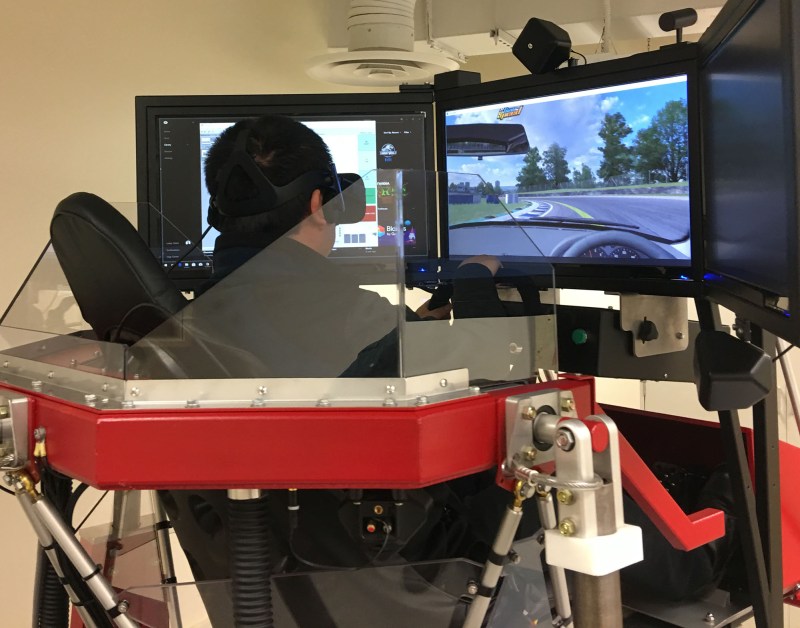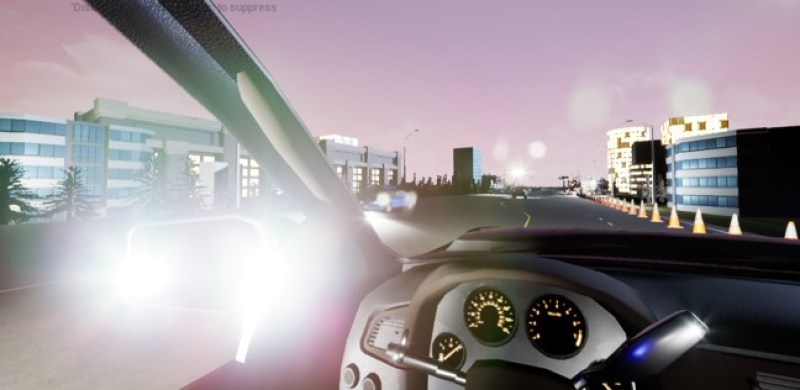Return to the Third Places.
Resilient Price Hill. UC Forward C19 co-LAB awards. PI: Conrad kickert. Co-PI: Ming Tang, Yexuan Gu. $17,986. 08.2020-01.2021
ARCH 4001.
Return to the Third Places: Architectural intervention at the Price Hill, Cincinnati during the COVID-19
Publication: “Social distancing and behavior modeling with Agent-based simulation”, CAAD Future 2021 conference Proceeding. 16 – 18 JULY 2021.
Student: Sarah Auger, Maddison DeWitt, Brittany Ellis, Andy Failor, Lisa Garcia, Ashley Kasel, An Le, Hannah Loftspring, Kyle Munn, Deborah Park, Sabrina Ramsay, Haley Schulte, Brayden Templeton, Pwint Wati Oo (Audrey) lead by Prof. Ming Tang.
Funded by the UC Foward, this 4th-year ARCH studio examined several “third places” at the Price Hill, Cincinnati, and propose architectural solutions to create resilient places allowing social distance during the COVID-19. The ARCH Studio collaborated with Urban Planning ( lead by Prof. Conrad Kickert) and Landscape Architecture ( lead by Prof. Yvonne Gu) and presented research jointly with the Price Hill community including PriceHillWill, Meiser’s Fresh Grocery & Deli.
Thanks for the support of our partners!

The interactive game (Windows version) can be downloaded here. ( 800MB)
Download student projects. PDF ( password needed)

social distance in two check-out scenarios.


Here is the screen capture of real-time gameplay. A Metaverse of Price Hill.

more information on the collaboration can be found at https://www.resilientpricehill.com/
The research has been presented in MIng Tang’s Paper “Social distancing and behavior modeling with Agent-based simulation” at the CAAD Future 2021 conference. The project was exhibited in 2021 DAAPcares.

























